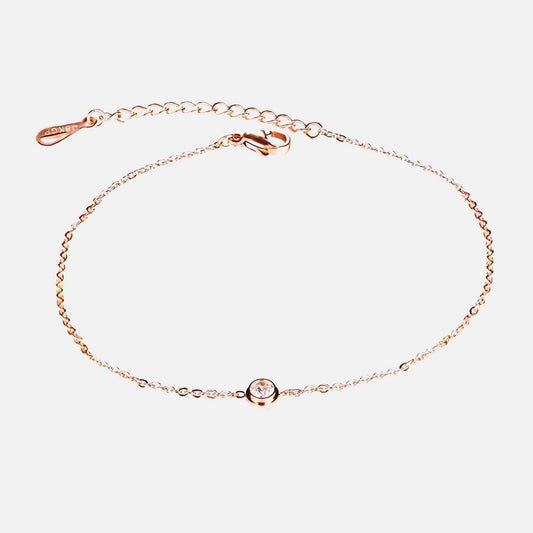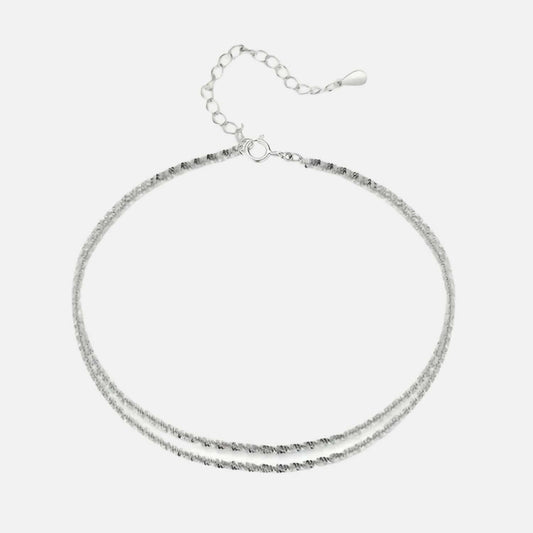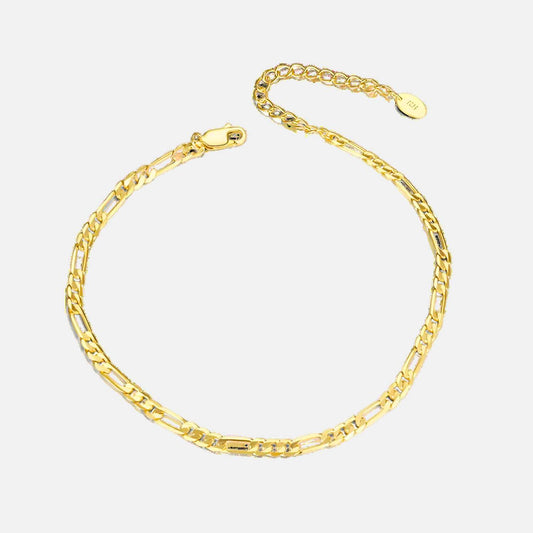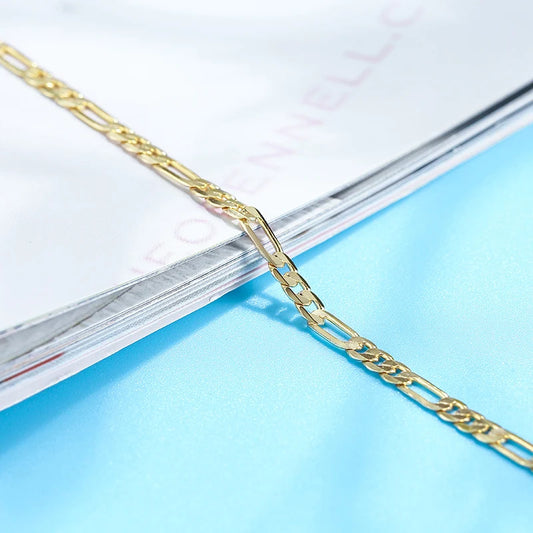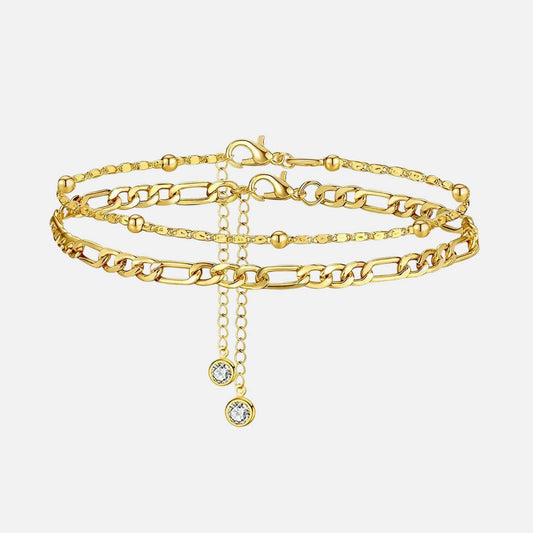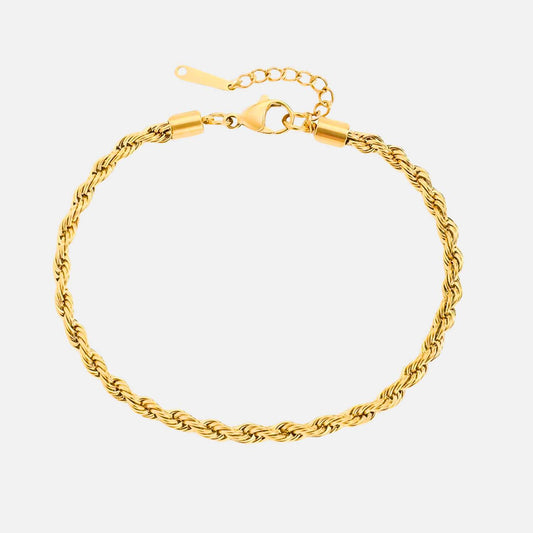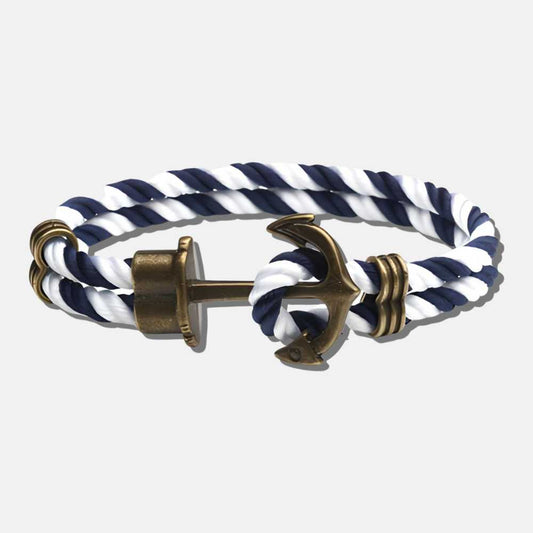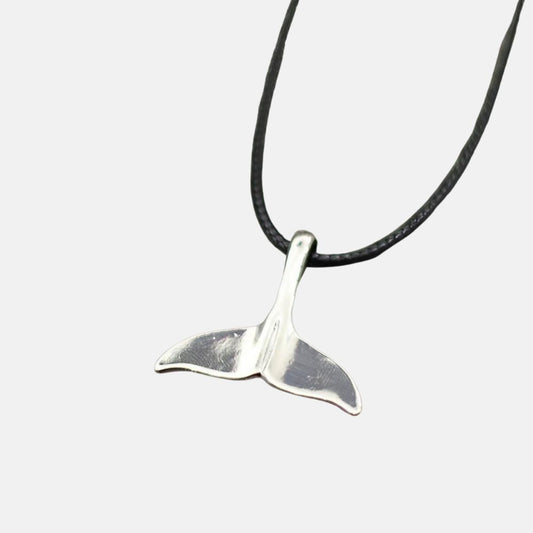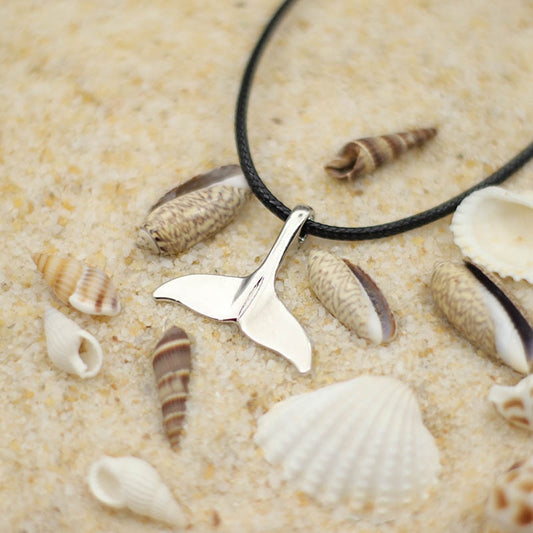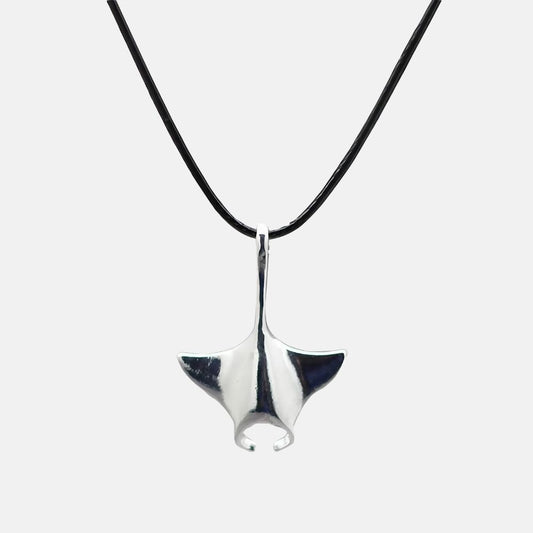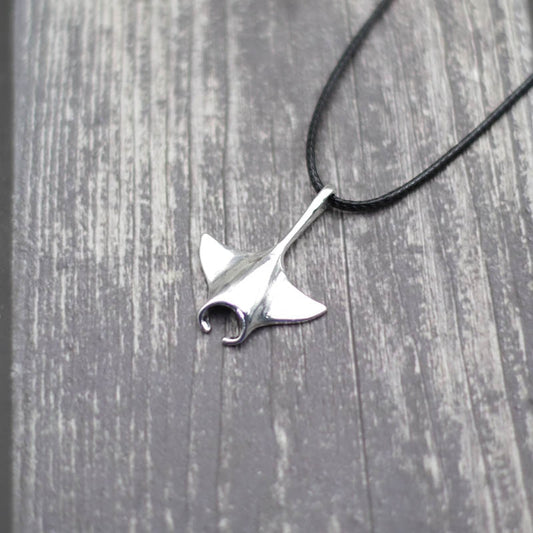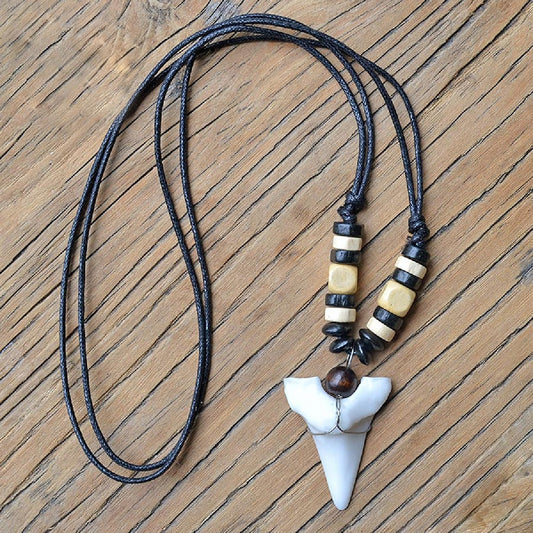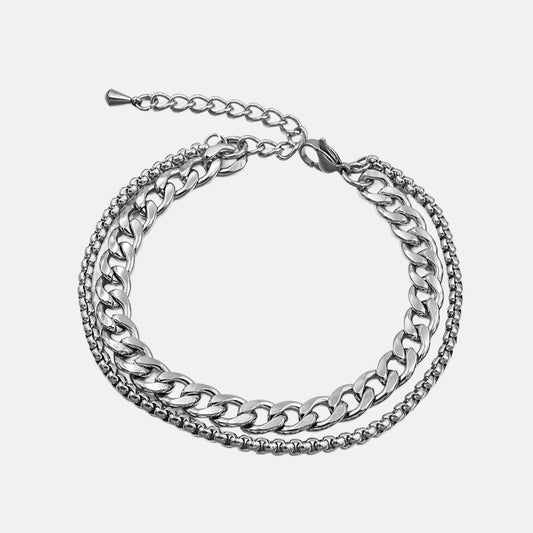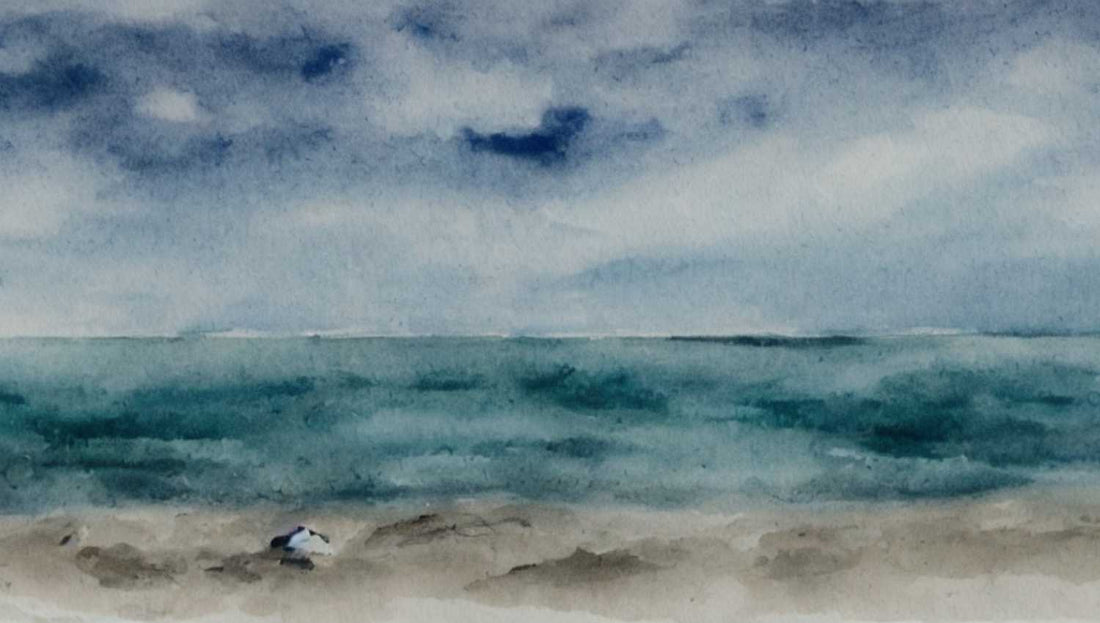
The sea, our destiny
The sea, so calm, so beautiful to see
With its waves breaking on the shore
But she also hides a dark secret
Death that waits, lurking in its deep waters
The sailors who navigate its waves
Must face its destructive power
Because the sea can be cruel and merciless
And take those who dare to challenge her
But despite his anger and his fury
The sea remains a source of life
She feeds the fish and the whales
And provides refuge for seabirds
And when the time comes to leave this world
The sea will be there to welcome our souls
And take us to another horizon
Where death is only a passage to eternal life
So we must learn to respect the sea
And to submit to its immutable laws
Because she is our mother, our protector
And we must revere it as such.
We must respect his whims
And accept its constant changes
Because the sea is a living being, constantly evolving
And we must accept it as it is.
We must also protect its wealth
And preserve its natural habitats
Because the sea is our future, our source of life
And we must protect it for generations to come.
The sea is our friend, our enemy, our destiny
And we must learn to live with it
In harmony, respect and gratitude
Because it is the source of all life on Earth.
The story of the poem The sea, our destiny
This poem celebrates the sea by describing it as both beautiful and calm, yet dangerous and unforgiving. It reminds us that the sea is a force of nature which can be destructive, but which is also a source of life.
It emphasizes the importance of respecting the sea and submitting to its immutable laws, because it is our protector. It encourages protecting the riches of the sea and natural habitats for generations to come. The poem calls for living in harmony, respect and gratitude with the sea, because it is the source of all life on Earth.
The poem goes on to describe the complex relationship between man and the sea. It highlights how sailors, who navigate its waves, must face its destructive power, because the sea can be cruel and merciless.
He suggests that despite the anger and fury of the sea, it remains a source of life, feeding fish and whales, and providing refuge for seabirds. He also emphasizes that the sea will be there to welcome our souls when we we leave this world and that death is only a passage to eternal life.
The poem ends with a call to learn to live with the sea, accepting its whims and protecting its riches, because it is our future and our source of life.
Why The sea, our destiny?
The sea is considered our destiny as it has been linked to life on Earth for millennia. She is both our friend and our enemy, since she can be beautiful and peaceful, but also dangerous and ruthless.
She is our protector, for she feeds the fish and whales, provides refuge for seabirds, and will welcome our souls when we leave this world. Furthermore, the sea is linked to human history, it has been a place of trade, pilgrimage, discovery, war, melancholy, inspiration, poetry, all hopes and all failures.
It is our future, because it is our source of life, and we must protect it for generations to come. It is therefore our destiny because it is linked to our own history, our daily life, our survival and our future.
Analysis of the poem The sea, our destiny
Structure of the poem
The poem is structured in free verse, with lines of varying lengths, which follow the rhythm and melody of the natural language. It consists of several stanzas, each describing a different aspect of the relationship between man and the sea. There are also repetitions of words and phrases that reinforce the central theme of the piece, which is harmony, harmony, respect and gratitude towards the sea. He uses poetic imagery to describe the waves crashing on the shore, the death waiting in the deep waters, the anger and fury of the sea, and its riches to be protected.
Rhythm and meter
The poem is written in free verse, which means that it does not have strict rules regarding verse length or rhyme. However, there is a certain implicit meter that is created by the natural rhythm of the language. There is an alternation of short verses and long verses, which add musicality and cadence to the poem. Short verses create a fast, dynamic rhythm, while long verses add depth and melancholy.
There are also assonances and alliterations that contribute to the rhythm and melody of the poem. Assonances are similar vowel sounds that repeat in nearby words, like "quiet" and "beautiful," "waves" and "break." Alliterations are identical consonant sounds that repeat in nearby words, such as "secret" and "dark", "sail" and "floods". These poetic techniques add musicality and flow to the poem, and reinforce the images and ideas expressed within it.
Rhymes
The poem is written in free verse, which means that it does not have strict rules when it comes to rhyme. There is no regular rhyme in this poem, however, there are some occasional rhymes like "shore" and "savage", "flots" and "destroyer" which occur by chance.
Occasional rhymes add musicality and flow to the poem, but they are not necessary to follow the understanding of the piece. The poet chose to emphasize the melody of the language rather than following strict rules of rhyme.
Images and metaphors
The poem uses poetic images to describe the sea and the relationship between man and the sea. The most common images are of waves crashing on the shore, of death waiting in the deep waters, of anger and the fury of the sea, and the riches of the sea to protect.
There are also metaphors that are used to express ideas. The sea is described as a living being, constantly evolving, which can be our friend, our enemy and our destiny. She is also described as our mother, our protector who must be revered as such. The sea is a place of passage, of transition between life and death.
There are also similes that are used to express ideas: death which waits in the deep waters, sailors who navigate its waves, fish and whales which are nourished by the sea, seabirds which there find refuge, all these images help to reinforce the main themes of the piece: harmony, respect and gratitude towards the sea.
Emotions and impressions
The poem arouses several emotions and impressions in the reader, based on their own experiences and their own perception of the sea.
There is a general mood of respect and gratitude towards the sea, which is described as being both beautiful and calm, but also dangerous and unforgiving. There is an emotion of fascination with the sea, which is described as a force of nature that can be destructive, but is also a source of life.
There is also an emotion of fear towards the sea, which is described as being capable of killing those who dare to defy it, and of respect for the sailors who navigate its waves. There is an emotion of melancholy that emerges when death is described as being present in the deep waters of the sea, but also an emotion of serenity when the sea is described as being there to welcome our souls when we leave this world.
There is also a sense of responsibility towards the sea, which is described as our future and our source of life, and which must be protected for generations to come. There is an emotion of gratitude for the sea, which is described as our mother, our protector, and which should be revered as such.
Discover all our poems about the sea 🌊

